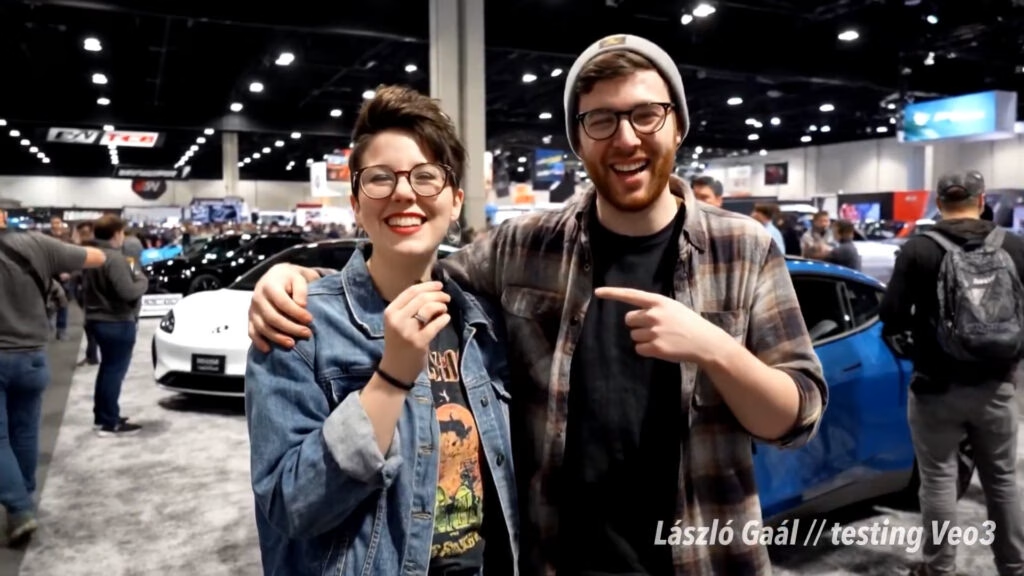A recent viral video has stirred up quite a buzz in the automotive world, showcasing a completely AI-generated auto show that’s both fascinating and a little unsettling. Imagine a car show where every single element—from the cars to the people and even the conversations—is created by artificial intelligence. Sounds like something out of a sci-fi movie, right? But this is the reality we’re starting to face, and it raises some important questions about authenticity and the future of media.
What’s the Story Behind the AI-Generated Auto Show?
The video, which runs for over a minute, opens with a clear disclaimer: “Welcome to a non-existent car show.” From there, viewers are treated to interviews with people who discuss their experiences at this fictional event. Some express excitement about the cars, while others voice concerns about safety. The catch? None of these individuals are real. They’re all AI-generated characters, complete with AI-generated voices, making it a striking example of how far technology has come in mimicking human interaction.
The creator of this video, László Gaál, utilized advanced software like Veo3 and Google DeepMind to bring this project to life. He explained that the entire video was produced using single text prompts, which were then edited together to create a seamless viewing experience. The result is a clip that, at first glance, could easily fool many into believing it’s a genuine auto show.
Why Does This Matter?
The implications of such technology are profound. As AI continues to evolve, it blurs the lines between reality and simulation. This particular video serves as a reminder that what we see online can be meticulously crafted to appear real, even when it’s not. It raises questions about trust in media and the potential for misinformation. If a video can convincingly portray a non-existent event, what else might be out there that we can’t easily discern as fake?
What Are the Limitations of AI in Video Creation?
While the video is impressive, it’s not without its flaws. Observant viewers might notice that certain details, like text on clothing, can be misspelled, and the rendering of hands—an ongoing challenge for AI—can sometimes appear awkward. For instance, one character’s hand looks almost backward, while another’s hand seems to pass through the fabric of a pocket. These imperfections serve as reminders that while AI can create stunning visuals, it still has limitations.
The Rise of AI in Content Creation
This video is part of a larger trend where AI is increasingly being used in various forms of content creation. Just a few years ago, many believed that AI would struggle to keep up with the nuances of video production. However, this latest example shows that AI is not just catching up; it’s redefining what’s possible. As creators experiment with these technologies, we may see even more innovative and unexpected uses of AI in the future.
What Should We Take Away from This?
As we navigate this new landscape, it’s crucial to approach AI-generated content with a critical eye. While the technology can produce remarkable results, it also challenges our perceptions of reality. The big takeaway? The rise of AI isn’t about perfection—it’s about smarter adjustments. Start by questioning what you see online and consider the potential for AI to shape narratives in ways we might not expect. Embracing this technology with awareness will help us better understand its implications and navigate the evolving digital landscape.

